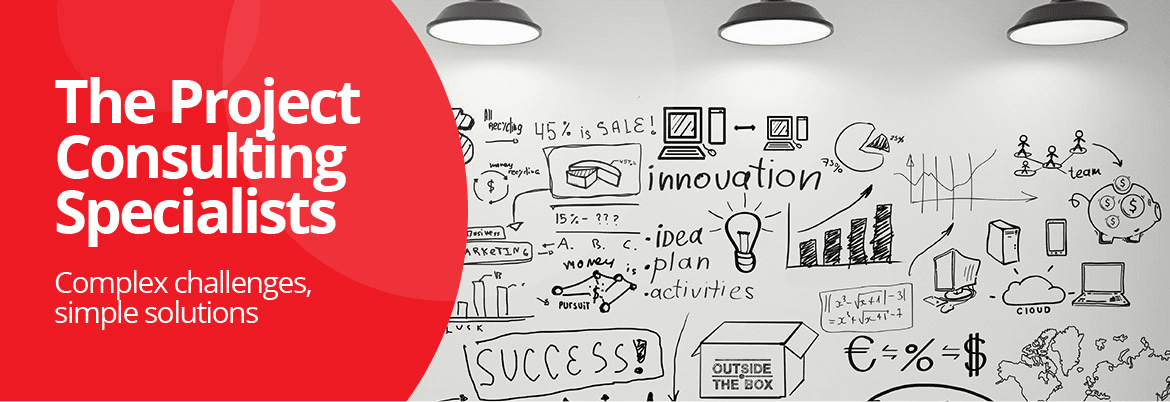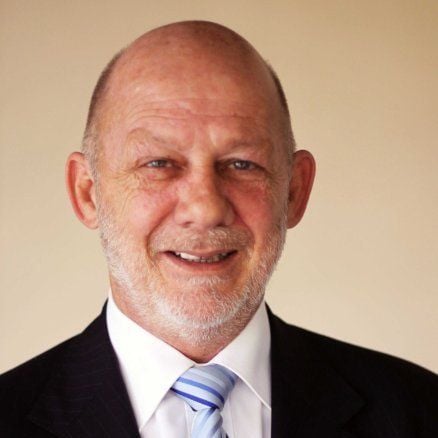

Our task in running a successful enterprise is to ensure that everything between these bookends works as well as humanly possible. When however we screw up, it is normal to have some process in place to deal with this, providing another set of "bookends".
Peter Drucker describes the first bookend as the point of interaction between a potential customer and your enterprise. The second bookend is when the service and / or product is delivered or supplied to the client.
A good example would be the process one would experience when interacting with the staff at an Apple shop.
The standard they have set is high and we expect to deal with well trained staff. Over many years I have never been disappointed but that is only one part of their service. The transaction process is fully automated, no standing in lines to pay for an item, as the person assisting you will process the transaction directly on a handheld device.
It is a smooth and well planned process to make the experience as pleasant and painless as possible. In this case both Bookmarks are in place and all the activities bracketed by them, operates consistently well.
One can visualize the right side bookend as a mobile bracket that moves to the right on the completion of each step of the interaction with a customer. When the final interaction is complete the right most Bookend is in place and concludes the "customer experience".
There is no doubt that this "Apple Experience" did not happen by accident, it has been carefully crafted, tested and refined over time.
Drucker provides a great example where the right "Bookend" or final step of service delivery, was at times completely absent.
He had been contacted by a British airline to provide them with some consultancy services and had to fly from the USA to London to deliver these services.
He described how he was collected at his home and transported to the airport by limo. On arrival the check-in process was seamless and he was well looked after while they waited to board the flight.
Being seated in first class the service was fantastic and the catering equally impressive.
On arrival at Heathrow he was collected from the aircraft and transported by electric buggy to the conveyers for his luggage.
They waited for almost an hour before the luggage finally appeared.
The following day he discovered why this happened.
Running an airline and delivering on a range of diverse expectations is a massive undertaking, as there are vast numbers of variables that can sabotage the best laid plans.
Clearly the airline had managed to "deliver" on Mr. Drucker's expectations and in fact exceeded them by a long mile.
That was until he waited to collect his luggage.
Can you visualize the number of processes involved in just one flight, the number of moving parts to make each flight successful?
In this case it turned out that the person responsible for the baggage handlers had a budgetary constrain and towards the end of each month he simple had to cut their hours to stay within budget.
Consider this the incremental cost of keeping the full baggage handling team working vs the reduced team, would have to be a tiny fraction compared to the efforts invested by all other involved in this journey to deliver the best experience possible.
The baggage handlers are people, who will on every flight, provide the right Bookend of their services.
Where every other process in this complex web was driven by service delivery and no doubt budget constraints, the baggage handling was one place that would make the difference to all other efforts, but they were not perceived to be part of the overall equation, so they were simply driven by a budget, not by service delivery.
There is however the second set of bookends once any initial transactions are concluded. What happens when something goes wrong?
This next set of bookmarks contains your processes and procedures to deal with a problem or complaint.
Much like the baggage handlers, you have to decide how well you perform between your bookends.
Establishing the benchmarks for your service or product delivery is no doubt an ongoing process refinement by knowledgeable people in every area of your operation, or so one would think!
It is an easy assumption to make, but reality proves that some people are simply not capable (willing) to learn any lesson that is not in conformance with their dearly held beliefs.
Obviously assumption are problematic but one can assume that important decisions made within an organisation, by a group of people, would itself be as a result of some process, normally including many "information sharing experiences" ( meetings ) by highly paid experts.
There are so many errors in the above assumption that it would take me many pages to explain, so instead I will present you with a "real world" experience.This experience will show how the whole "expert" edifice of dysfunction falls apart and provide you with a current example of one outcome from the "experts".
Please check any Seek job listing and you will find, other than a long list of contradictory responsibilities, the inevitable "5 or 10 years' experience in a similar role" as they believe this will get them the "expert" they need.
Don't get me wrong at times one really do need an expert, but then one has to be clear why and what the expertise is that one requires. Ten years of experience in a role says nothing about competence or ability.
In my experience the "experts" are often the wrong choice and even the clever people agree with me on that one.
Last month I wrote about the "Customer Experience" bandwagon that all large organisations appear to be on. My conclusion was that most of these are a waste of time and money.
No doubt the Customer Experience team activities are numerous and meetings by the "experts" are frequent, to create and evaluate "Strategic plans", "Strategic narratives", "Strategic strategies", " Strategic directions", "Strategic tactics", Strategic implementations", "Strategic actions", "Strategic Delivery", "Strategic Priorities" and a raft of other "Strategic things".
You are unlikely to ever find any way to contact these "customer experience" experts as they are strictly internal as well as, unfortunately, inwardly focused.
A "customer" would be the last person they would want to encounter and just the thought of it would curdle their soy lattes.
Herewith one example of what the receiving end of such "feel-good Customer Experience" expert bullshit looks like.
One of the companies I wrote about last month is my Internet service provider, who happens to be big on the Customer Experience front.
After spending a lot of time on their website to find an email address I could use to contact them about their poor service and their ridiculous "customer experience", I found an email address ( Media@team.telstra.com ) and sent an email directing them to the blog I wrote about their poor service.
My first problem had been to find a way to contact them, as their website has no such direct option that I could find.
Making contact with Telstra has always been a challenge and over the years nothing has changed.
I found the media release, below, rather amusing as it contradicts reality, but sounds great.
Here is a message from the real world and I hope somebody bothers to read it, maybe even forward it to your "Customer Experience" experts. ( The link to my blog )
No surprise when as expected, I received - No response at all. More brilliant "Customer experience" one has to conclude.
Not prepared to give up so easily, I went back to their website and found a screen based form to use for providing customer feedback.
Once again I directed them to my blog and this time I did get a response.
You had better sit down for this one, when you read the highlighted section of their response.

Note the email address at the bottom of this email.
There, "take your bad experience somewhere else", we only deal with compliments.
What a brilliant customer experience, another show of excellence from "Team.Telstra" and we must bear in mind that "improving customer advocacy remains their number one strategic priority."
Maybe this is how these clever "experts" achieve their awards for excellence in "Customer Satisfaction", by simply ignoring all complaints.
I would suggest that maybe they need fewer "experts" and maybe a few simple people who would ask the simple questions, such as "what is our definition of customer service" and "how do we interact with our customers" or even "how easy or not, it is for our customers to contact or interact withus"?
) Author:Philip Smith
Author:Philip Smith| Tags:Stupid-FileThink |